Haunting Images Of Iceland’s Abandoned Farms Posted by Meg on Mar 9, 2017 in Icelandic culture, Icelandic history
In 2004, poet and publisher Aðalsteinn Ásberg Sigurðsson and photographer Nökkvi Elíasson paired up with one goal in mind: assembling Nökkvi’s twenty-years’ worth of photographs of Iceland’s abandoned farms and publishing them alongside Sigurðsson’s poetry. The resulting collection reveals the ways that Icelandic lifestyles have changed overtime: details as meager as the shape and size of beds, grasses used to scent linens, the equipment used to reap and sow.
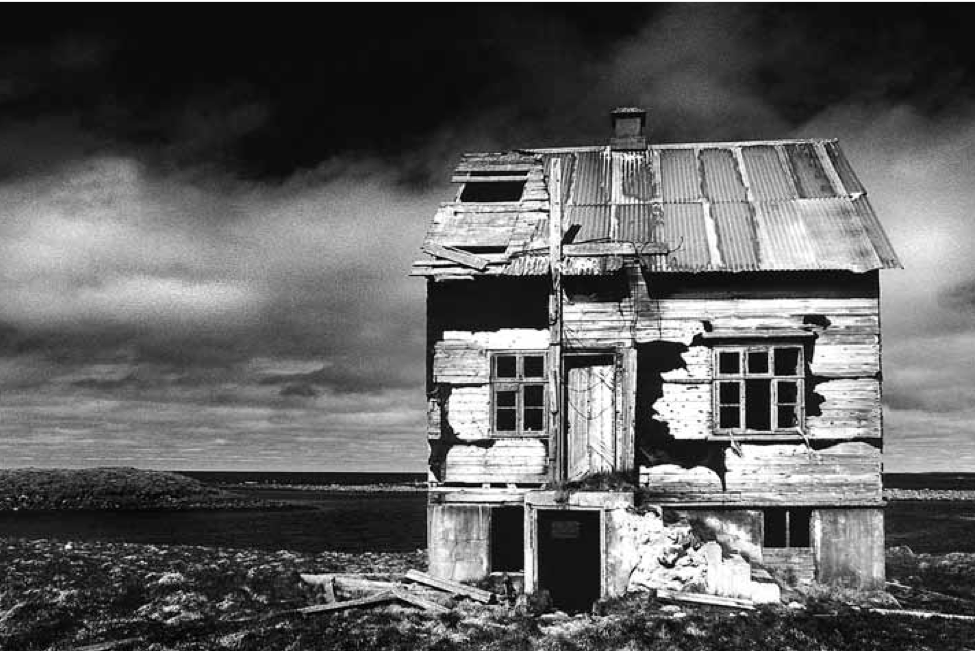
Nökkvi’s remarkable acumen for capturing the natural world’s interaction with these buildings makes them seem sentient, almost human in their decisiveness. The images both dazzle and frighten. The storm that wraps itself around the edges of a stable seems to animate the building, anthropomorphizing the structure through its presence. It reminds of the hidden people of folklore, the elves that protect the highlands from incursion and the ghosts that haunt them.
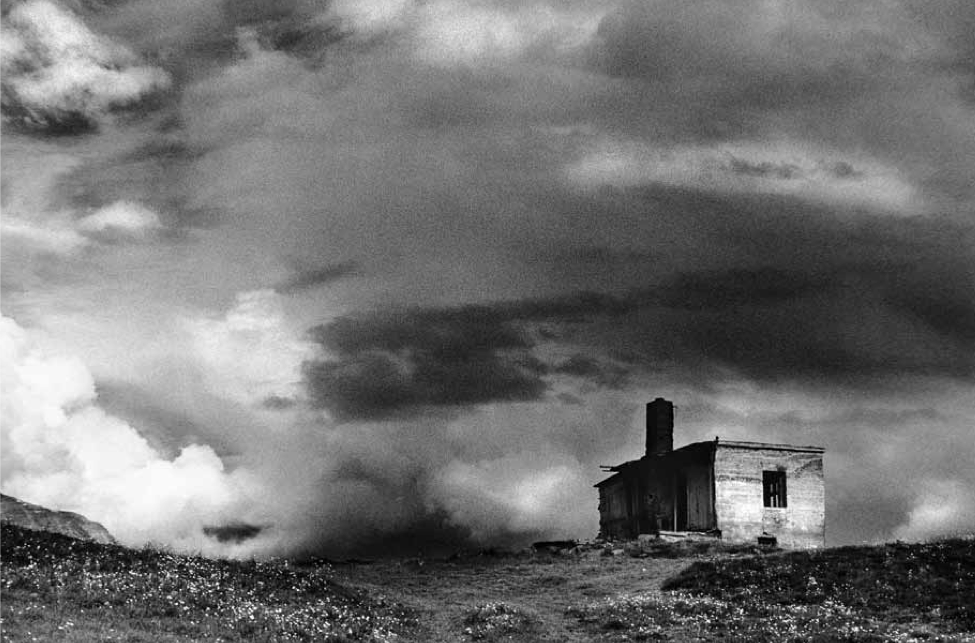
Rewind a hundred and fifty years. Iceland’s villages have grown up around the harvest and the church. Massive soil erosion and deforestation have changed the landscape of the island. Iceland’s storytelling culture has blossomed, in part due to the nightly tradition of families reading aloud to one another, in part due to a surplus of sheepskin—for vellum–from husbandry. The industrial revolution is just coming to Iceland. Farmers move in flocks to the city. Women work, first as washerwomen, then in 1915, they get the vote. The city spreads. Many farms are abandoned.
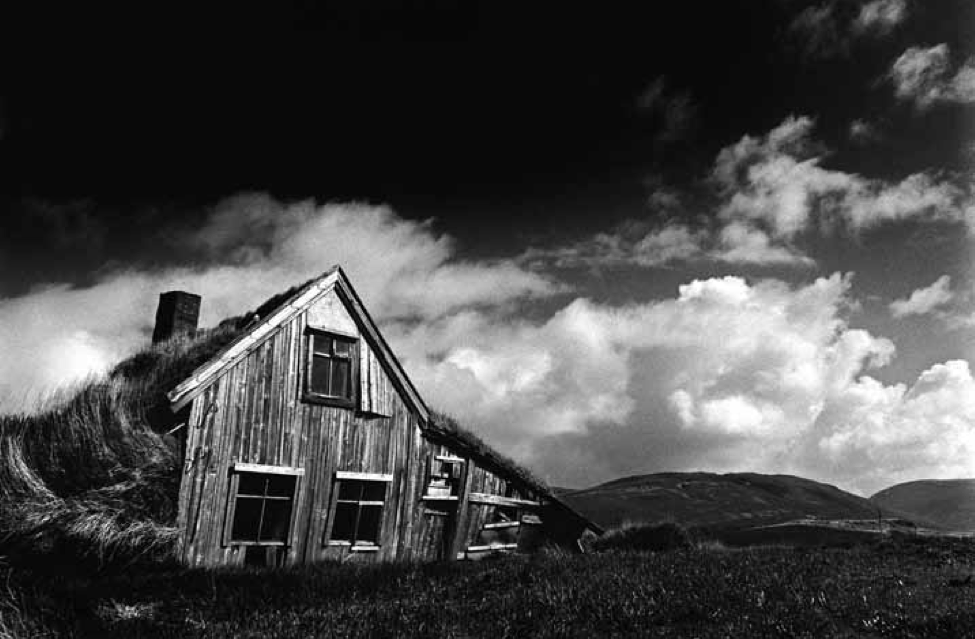
Rewind another thousand years. Since the settlement of Iceland – which happened around the year 800—Icelanders have been a primarily agrarian people. The vikings survived by attempting to cultivate the comparatively desolate land, nearly exhausting its supply of trees, but managing to build farms as they had in mainland Scandinavia, though their technique is perhaps better described as ranching. The settlers of the viking age managed to thrive through a combination of farming, hunting, and gathering despite Iceland’s harsh climate, overall lack of viable soil, and many volcanic eruptions. The volcanic eruptions themselves pressed some of the farmers to move.
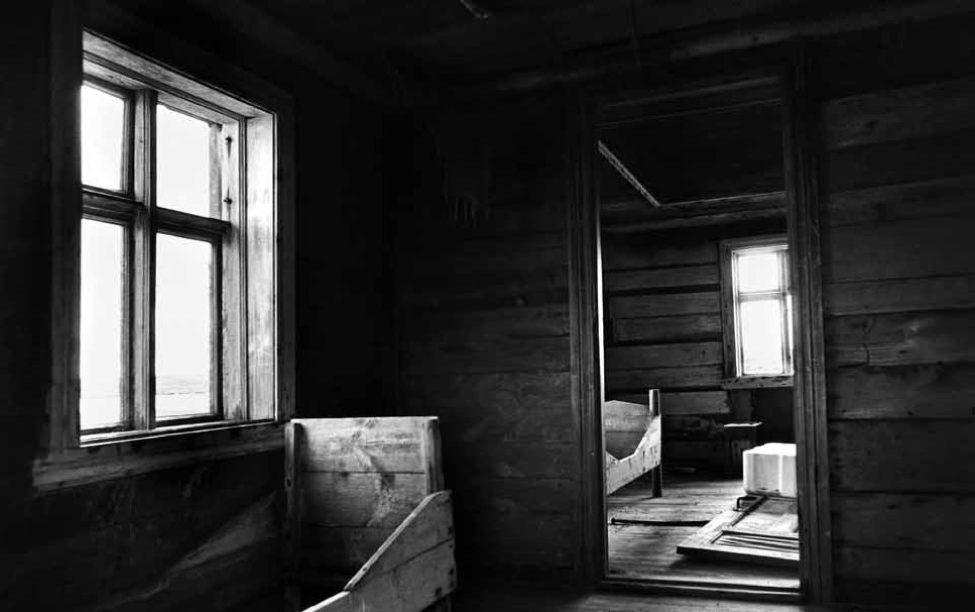
Nökkvi Elíasson’s careful cataloging of these structures—many of which have collapsed, been demolished, or converted into summer houses—preserves them. From 1985 to 2012, he traveled to each quadrant of Iceland in pursuit of beauty and managed, ultimately, to catch and keep a gradually disappearing, and crucial, part of Icelandic history.
Together, these images communicate a wholeness of historical experience that is nearly tangible. The scent of coffee that lingers long after the batch has been worn to dust. The unexpected appearance of buttercups in the middle of what used-to-be a living room. The wheelbarrow still leaned up against the house, even though the garden is long gone.
The book is available in an updated English edition (published 2013), Black Sky: Vanishing Iceland, from Dimma Press by emailing dimma@dimma.is.
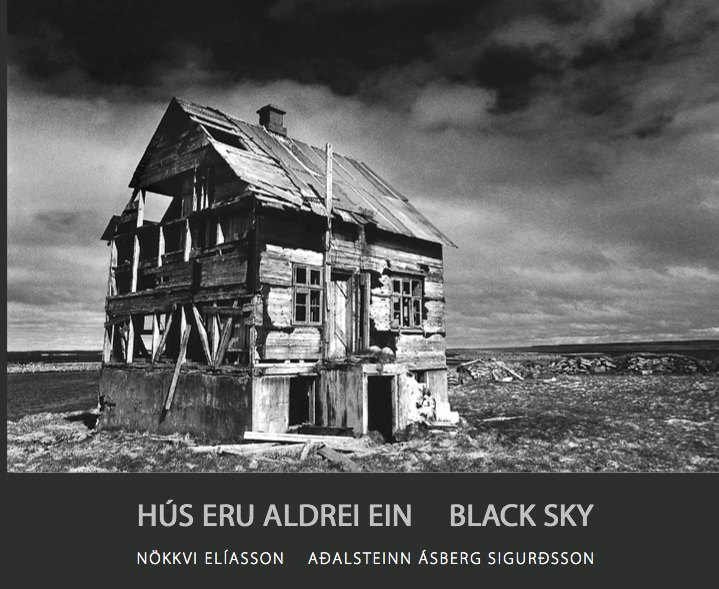

Build vocabulary, practice pronunciation, and more with Transparent Language Online. Available anytime, anywhere, on any device.



